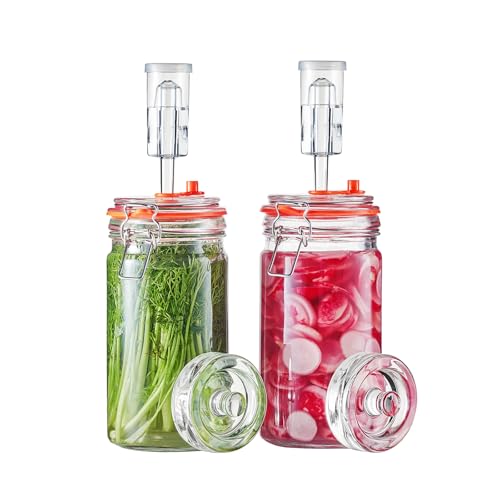Hi,
I don't think I did a very good job in my last post asking about how closely I should follow wine kit directions. My concern is that the wine kit directions do not suggest that several rackings are good idea, they seem to suggest that one racking is sufficient, and if you are uncomfortable bottlig from a carboy that has a lot off lees, a second racking (just before bottlg, I think) is ok.
I think Wade's post answers my question and may support my tendency to not follow the directions of this wine kit (as I understand them).
If I understand the directions, they say to start clarification after fermentation stops. The directions say to leave the wine for 14 days to clarify. The directions say to check for clarity after 14 days by pouring into a wine glass and checking in good light. If the wine looks clear, go ahead and bottle (as far as I can tell, the directions are saying to bottle from the carboy which has only been racked once - from the primary to the secondary, i.e. bottle from the secondary which will have a ton of lees). If the wine does not appear to be clear, wait another seven days- and then bottle. Let me quote a note in the bottling secton of the directions:
"NOTE: If you are concerned about disturbing the sediment on the bottom of the carboy when bottling, clean and sanitize a primary fermenter or carboy, rack the wine into it, and bottle from there."
In my previous post, my concern was that the directions do not suggest racking off the lees before bottling as long as a sample looks clear in a wine glass under good light. My limited experience in nonkit winemaking and what I've read is consistent with Wade's post- rack until you can't detect any sediment in a new carboy (giving several days for sediment to form), then bottle.
My thought is that the wine kit directions are geared toward making a good wine with the least amount of effort- after all, if you get a touch of sediment in the bottom of your bottle, it's not the end of the world.
I was just trying to understand, what possible reason one would have to not rack the wine when it's sitting on an inch or more of lees and looks perfectly clear (I have the carboy sitting on newspaper- I can read the newspaper through the wine in carboy - that's pretty clear). When I say rack the wine, I don't mean to bottle at this point. I mean that I think it should be racked into a clean carboy and left for several days to see if additional sediment forms. I think that is what Wade is saying.






























![[Upgraded] 9Pcs Tree Root Growing Box with Drain Holes, Half Transparent Plant Rooting Propagation Ball & Metal Core Twist Ties, for Fast Propagation Plants (Size M)](https://m.media-amazon.com/images/I/514MWQxtWOL._SL500_.jpg)






















